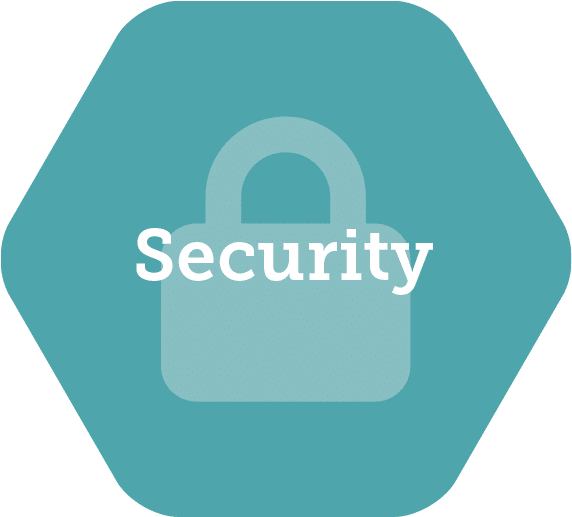The ultimate goal of any training is to have people come away with better skills. When compared to more traditional styles of training, VR is superior in several ways. Three of the most important are:
- Knowledge retention – people trained in VR remember the material much longer
- Confidence – people feel more confident on the job after VR training
- Performance – people are more skilled and work more quickly after VR training
Why is training effectiveness important?
Well-trained employees are generally happier, more confident and more productive. Investing in effective training pays dividends. More effective employees lead to more company productivity – which is great for the bottom line.
VR training leads to better knowledge retention
One significant advantage of VR training is the length of time trainees can recall the material after the training is complete.
In a study of medical students learning ultrasound techniques, one group learned in VR, the other through lecture and reading. Both groups were assessed on their knowledge and skill level after one month and then four months. After four months, the VR group scored an average of 25% better on the skill assessment.
In another study on aviation safety training, VR again proved to be more effective, especially in knowledge retention:
“The learning outcome in which the immersive game proved to be superior (…) is retention, a fundamental requirement for survival in real emergencies.”
Chittaro & Buttussi, 2015
In a third example, a group of nurses who were practicing disaster response were exposed to either a VR simulation or web modules. After two months, the VR trained group performed 15% better on assessments related to disaster response.
VR trained employees are more confident
In some industries it can be very difficult to offer adequate amounts of practical training. Limitations in available trainers mean that new hires may have little hands-on practice. This can lead to a decrease in trainee confidence. Exposing trainees to virtual simulations has a very positive impact on their confidence in the real workplace.
In a study conducted with surgical residents, the following problems were identified:
“…the reduction in working hours, increased focus on completing more surgical procedures, and inadequate supervision have compromised training. Furthermore, the lack of expertise of the surgical residents at the early stages of their training leads to errors in the operating room, which compromises patient care”
Pulijala et al., 2018
After exposure to surgical procedures in virtual reality, residents had increased confidence. They were more willing to attempt surgical procedures on the job.
In a comparative study, Army National Guard Reserve soldiers learned room clearing procedures. Room clearing is an especially stressful task given the risk and potential for injury or loss of life. Knowing the best and most efficient way to determine the safety of a potentially hazardous area is essential.
In the study, half of the group used a VR simulation and the other half went to live training involving a lecture and presentation. After the training, the soldiers trained in VR were less stressed and more confident on the job.
VR trained employees perform better on the job
The ultimate goal of any training is to improve job performance. Studies show that job performance is significantly enhanced by immersive learning. VR leads to deeper learning and understanding and better behavioural transfer.
“Skills and knowledge attained through VR are more easily transferred to other situations and scenarios in the real world.”
Makransky et al., 2019
A study was conducted on operating room crisis training. Researchers saw significantly better performance in the subjects trained in VR:
“… when tested in the mock OR fire scenario, 70% of the simulation group subjects were able to perform the correct sequence of steps in extinguishing the simulated fire whereas only 20% subjects in the control group were able to do so.”
Sankaranarayanan et al., 2018
Many studies compare VR to traditional classroom training, both lecture and manual. But even when compared to other forms of interactive media, it is superior. A group of aerial firefighters were exposed to a firefighting task. Half of the group completed the task in VR, the other half watched a 2D video display. The VR-trained group showed a significant improvement in knowledge and skills when compared to the 2D group.
There are many studies that show superior performance after VR training. Other notable results include:
- A 25% increase in driver safety scores after training in VR compared to reading a manual or viewing safety videos
- Doctors showed improvement in empathy with older adults who have age related conditions
Training is more effective in VR
The evidence to support VR as an effective training tool is abundant. Ultimately, as learning professionals, we all want our training to work and work well. VR is one of the best ways to get there.
Are you considering VR training but would like to see more proof of its benefits?
Download our white paper: The Case for Immersive Training.
Latest Posts
Stay in the Know
Want to stay up-to-date with what is going on in the world of immersive training? Subscribe to the Motive Blog.
Ready to revolutionize your training program?
We’re ready to show you how seamlessly you can create, edit and deploy VR training modules. Our team is standing by to help you revolutionize your training program.





